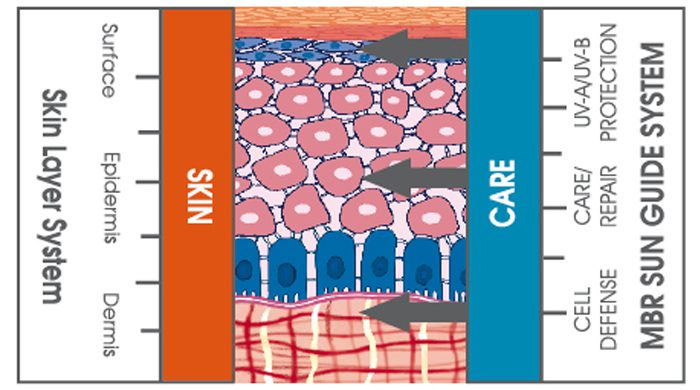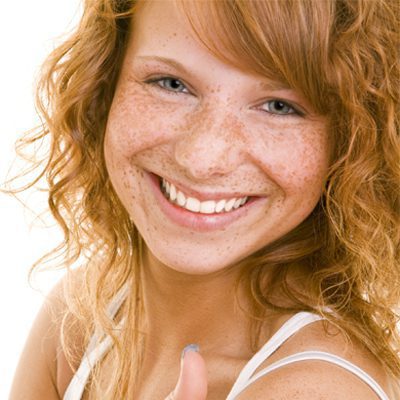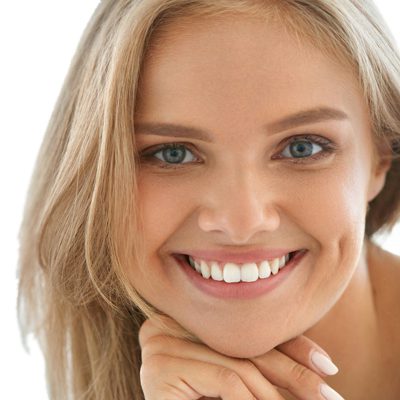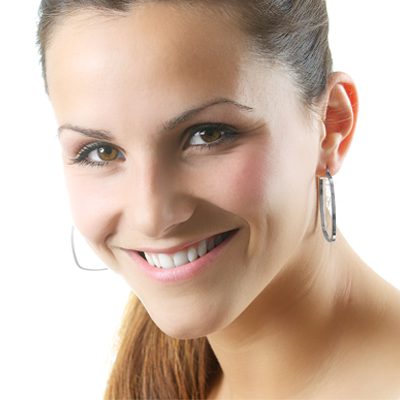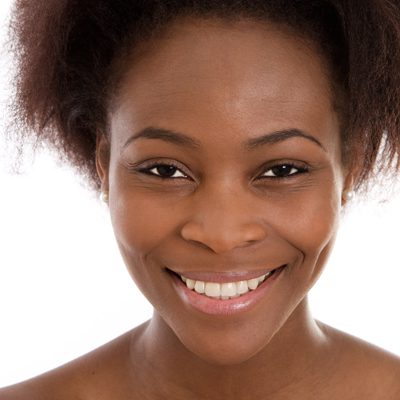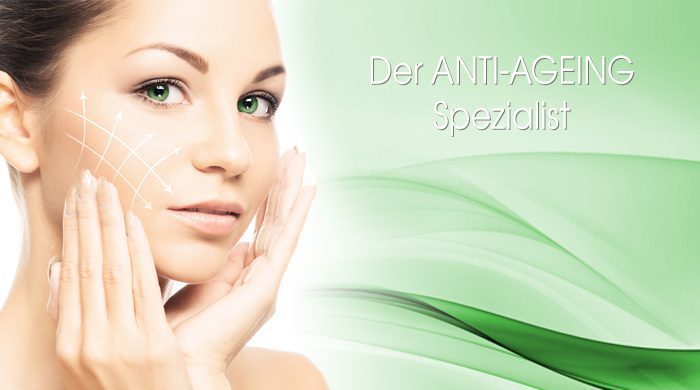In order to enjoy the sun undisturbed, you should always remember that …
… a child’s skin is ten times thinner than an adult’s skin.
Babies and small children may not be exposed directly to the sun’s radiation. They must be dressed in suitable clothing and protected with a high sun protection factor (min. SPF 25).
… the sun’s rays are up to 60% stronger near the equator.
UV rays increase by 20% for every 1000m above sea level. water, ice, snow, light sand and rocks reflect rays and increase the effect of UV rays by up to 80%. high fog, which is typical in mountains, intensifies UV rays by up to 60%.
… the sun’s rays are at their strongest during the middle.
even if it is overcast, up to 40% of UV rays still get through. Avoid intense afternoon sun. Do not sit out too long in the sun and always choose a sunscreen appropriate for your skin type and for the region where you will be vacationing. Always apply cream before sun exposure. Generously apply sunscreen and wait at least 20 minutes before sunbathing. Repeat application regularly, especially after swimming, perspiring, and drying off. Give your skin time to get used to the sun, use a higher sun protection factor during the first days of your vacation.
… men have to protect themselves just as much as women. Even though men naturally have thicker, more resistant skin.
Sunscreens do not offer 100% protection from the risks of excessive sun exposure. Dermatologists require sun exposure to be sensibly addressed.

